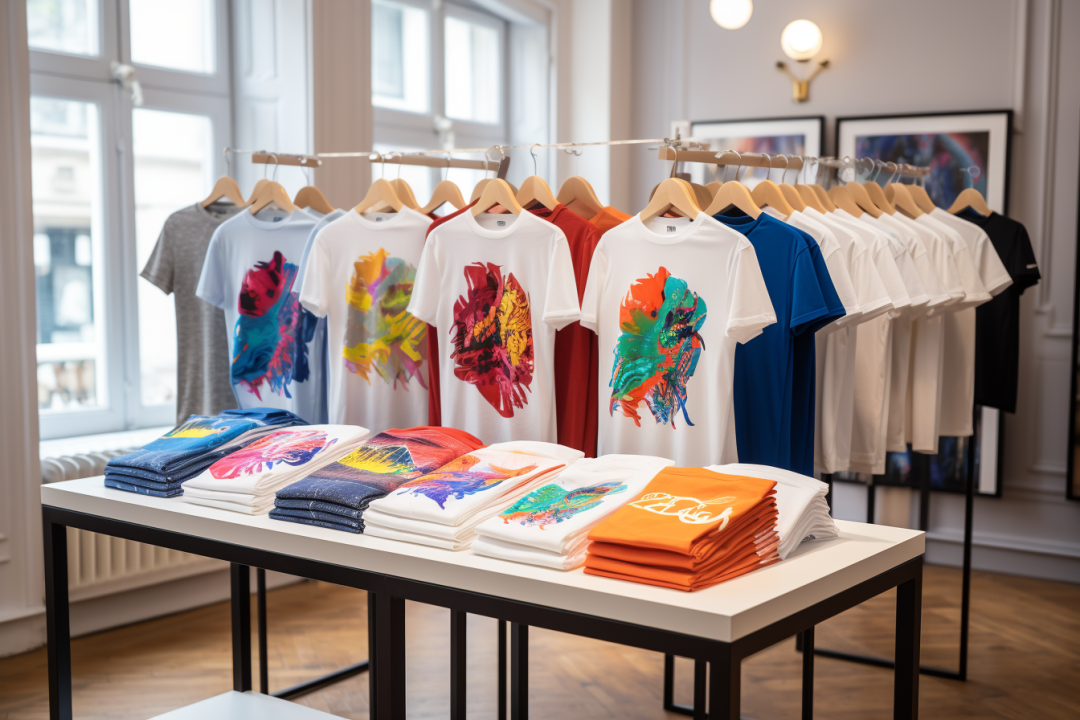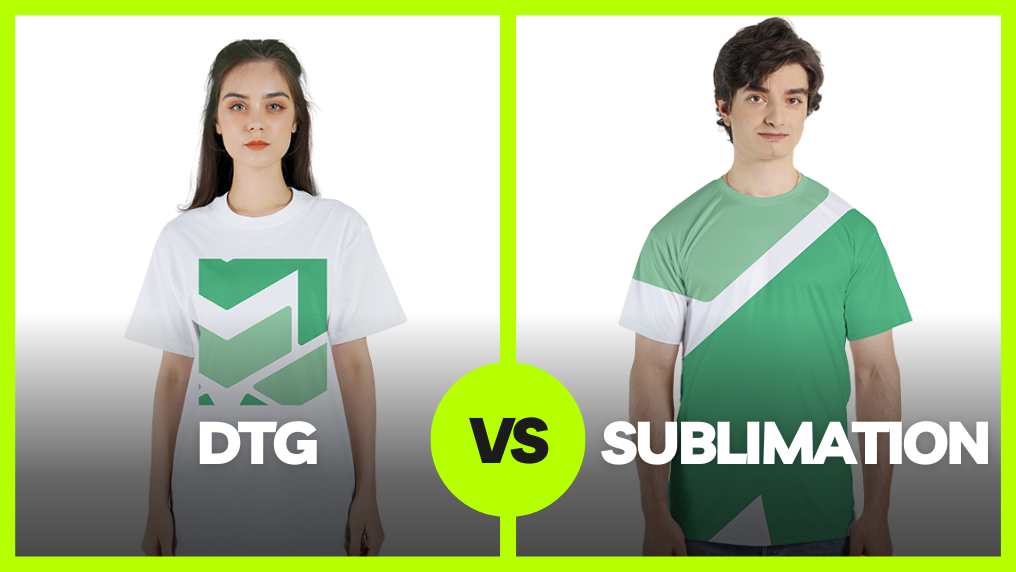Exploring the Benefits of Sublimation Printing for High-Quality Fabrics
A Comprehensive Guide to the Different Sorts Of Fabric Printing Methods
Each method, from the careful craftsmanship of block printing to the quick efficiency of display printing, offers distinct purposes and offers unique benefits. Digital printing's flexibility and ecological awareness stand in stark contrast to the quick personalization of warm transfer printing.
Block Printing
Block Printing, one of the earliest methods of textile decor, has a rich background that dates back to old worlds. The process includes carving elaborate designs into wood blocks, which are after that dipped in dye and pressed onto fabric to produce patterns.
The accuracy and workmanship associated with block printing make it a labor-intensive procedure, yet it also permits a high degree of personalization. Craftsmens can create special patterns by incorporating various blocks or varying the application of color. This flexibility has actually added to the long-lasting appeal of block printing in both traditional and modern fabric style.
Block printing is especially valued for its aesthetic top qualities, including the slight variations in pattern and color that result from the hand-printing procedure. These flaws provide an one-of-a-kind personality per piece, differentiating it from mass-produced materials. In spite of advancements in modern printing technologies, block printing remains a treasured method, celebrated for its historic relevance and artistic value.
Display Printing
Display printing, one more noticeable textile decoration technique, has revolutionized the sector with its effectiveness and versatility. This approach includes developing a stencil, referred to as a display, and using it to use layers of ink on the printing surface. Each shade in the layout needs a different display, which enables vibrant and complex multi-colored prints.

Among the crucial benefits of screen printing is its flexibility to numerous kinds of fabrics, including cotton, polyester, and blends. This technique is specifically ideal for large-volume orders as a result of its cost-effectiveness and speed. The longevity of the prints is one more substantial benefit, as the ink bonds well with the material, making certain long-lasting layouts that hold up against multiple laundries.
Once dried, the design is moved onto the emulsion-coated screen utilizing a UV light source. Ink is then pushed with the stencil onto the material utilizing a squeegee.
Display printing is commonly made use of in the fashion industry, advertising products, and custom garments. Its capacity for high-quality, in-depth prints safeguards its condition as a foundation method in textile printing.
Digital Printing
Digital printing has actually swiftly become a sophisticated technique in the fabric market, leveraging advanced technology to generate high-resolution layouts straight onto material. Unlike traditional approaches, digital printing utilizes inkjet printers to down payment pigment or dye-based inks onto textiles, allowing lively and elaborate patterns with a remarkable degree of information and color accuracy.
One of the key benefits of electronic printing is its adaptability. This technique enables for on-demand printing, which substantially minimizes waste and reduces supply prices.
In addition, electronic printing is eco-friendly. Related Site DTF printing. It uses water-based inks and calls for much less water and energy compared to conventional methods, aligning with sustainable techniques. The accuracy of digital printing also allows making use of a broader range of textiles, including cotton, silk, polyester, and blends, guaranteeing flexibility throughout numerous applications
Heat Transfer Printing
Exactly how does heat transfer printing reinvent material design? This method has actually brought considerable innovations by permitting dynamic and complex layouts to be moved onto a selection of textiles with amazing accuracy. Heat transfer printing includes making use of heat and pressure to transfer a style from a particularly developed paper onto material. This process begins with printing the preferred image onto transfer paper making use of specialized inks. As soon as the photo is published, the paper is put onto the material and subjected to a warmth press, which transfers the ink from the paper to the material.
One of the main benefits of warmth transfer printing is its capability to create premium, comprehensive images swiftly and efficiently. It is especially appropriate for little manufacturing runs and customized orders, making it a prominent choice for tailored clothing and marketing products. Furthermore, this method is versatile, accommodating different sorts of fabrics including cotton, polyester, and blends.
Moreover, warmth transfer printing is relatively cost-efficient compared to various other methods, as it requires very little setup and lower first investment - DTF printing. This affordability, combined with its capacity for generating lively, sturdy prints, underscores its essential function in modern material style

Dye Sublimation Printing
Dye sublimation printing, an innovative material printing learn the facts here now technique, offers unmatched vibrancy and long life for styles on various synthetic textiles. This technique includes transforming solid color into a gas without travelling through a fluid state, allowing the dye to penetrate the textile perfectly. The process starts with publishing the this hyperlink style onto an unique transfer paper making use of sublimation inks. The published transfer paper is then positioned on the textile, and both undergo high warm and stress utilizing a warmth press. The heat creates the color to sublimate and bond with the material fibers, developing an irreversible, high-resolution print that withstands fading and fracturing.
One of the vital advantages of color sublimation printing is its capability to create continuous-tone prints with lively colors and elaborate details. Unlike other printing approaches, the color ends up being part of the fabric rather than sitting on top of it, resulting in a breathable and soft coating.
Final Thought
Block printing is respected for its artisanal high quality, while screen printing is beneficial for high-volume manufacturing. Digital printing supplies versatility and environmental benefits, whereas warm transfer printing is perfect for fast personalization.
Each approach, from the careful craftsmanship of block printing to the rapid efficiency of screen printing, serves one-of-a-kind purposes and provides distinctive benefits. Digital printing's flexibility and environmental awareness stand in plain comparison to the quick customization of warm transfer printing. Despite advancements in modern-day printing technologies, obstruct printing remains a treasured strategy, commemorated for its historic significance and imaginative worth.
Dye sublimation printing, an advanced textile printing method, supplies unrivaled vibrancy and longevity for styles on different artificial textiles. Digital printing provides versatility and environmental advantages, whereas heat transfer printing is perfect for rapid modification.